Many different groups migrated in and out of the Northern Illinois region from the time of Columbus (1492) to the white settlement of the Fox River valley (1833). Most of the groups were Algonquin-speaking people and included the Sauk, Fox, Illiniwek, Kickapoos, Miamis, Potawatomi, Menominee, and Winnebago.
The historic period starts in 1492 when Columbus landed outside of what is now Cuba. Although it is acceptable to refer to the historic indigenous people as "Indians" or "American Indians," it is more accurate to call them "Native Americans" due to their having no association with the country of India.
Life of the Native American drastically changed after 1492. Even before direct contact with the whites, European trade goods trickled through the networks and into the most remote of groups years before the emigration of white settlers. Disease was the most evident result of this transfer as millions of Native Americans were killed by deadly European strains of smallpox and influenza. By the time the French reached the Illinois country in 1725, diseases had radically changed the populations of the Native groups there forever.
St. Charles was home to the Potawatomi. The Potawatomi ("Neshnabi" as they called themselves, meaning ‘the people’) were a nation of Algonquin-speaking peoples who subsisted as hunters, farmers, traders, and negotiators. They were a migrating group which moved from northern summer to southern winter settlements. They hunted and farmed subsisting on corn, beans, squash, fish, fowl, and various forest game. Examples of housing, food, and tools are on display at the Main Museum of the Heritage Center.




